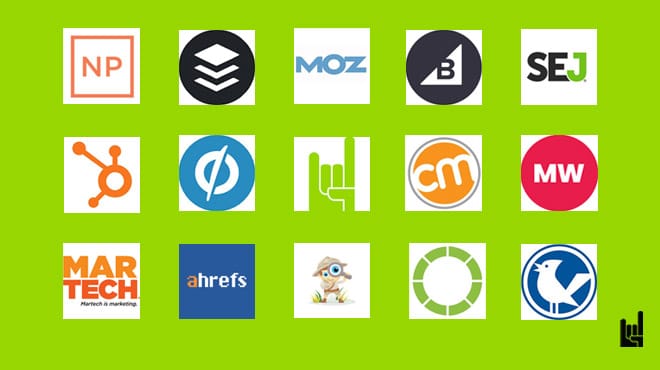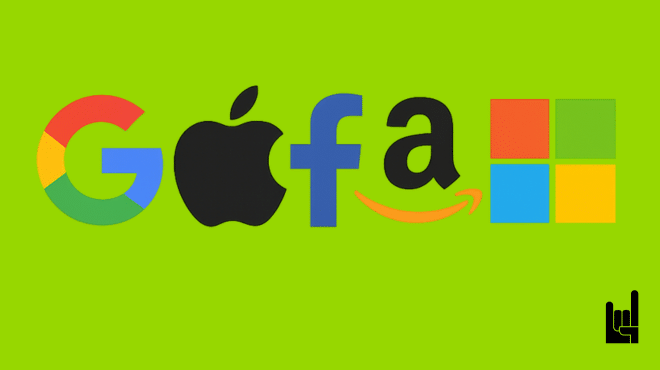But do you want to play that game?
Inbound marketing changes the rules: you aren’t chasing customers anymore—customers are now coming to you.
That said, you need first need to know how to build your own inbound marketing machine, and the inbound marketing strategies you need to employ.
Inbound marketing in a nutshell
At its core, inbound marketing is about connecting with potential customers organically, rather than reaching out to them. It focuses on attracting and engaging your audience through content and optimizing it for search engines.
The goal is to turn strangers into customers and promoters by addressing their needs throughout the entire growth funnel.
Inbound marketing comes with its own benefits, with the most important of them being:
Quality traffic &leads. You attract leads who are likely to be already interested in your products or services.
Effective ROI. When your traffic is relevant and the leads you attract are high-quality, you need to spend fewer resources to nurture those leads and turn them into customers.
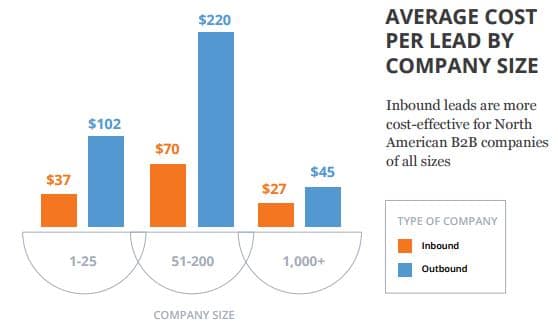
Reduced cost. In contrast to outbound marketing which stops the moment you stop your outbound campaigns, inbound marketing can work on auto-pilot much of the time.
Opportunity to learn & evolve. You have the chance to understand how to make your products and services better by engaging with customers on social media and listening to their discussions, inquiries, and feedback.
Pushes users down the funnel. Inbound marketing isn’t only about obtaining new happy consumers. It’s about keeping them satisfied (Retention), so much so that they’d happily promote your business on their own (Referral).
7 Inbound Marketing Strategies
Now that you know more about what inbound marketing is, let’s take a look at the strategies most inbound marketing agencies use.
1. Content marketing
“With great content comes great inbound traffic”, Marketing-Man once said.
The heart of an inbound marketing strategy lies in providing your audience with content that adds value to their lives and does any of the below:
- Addresses their pain points
- Answers their questions
- Educates them
- Entertains them
Content comes in various forms, each designed to reach and engage specific audiences at the right time. A robust content marketing funnel will be your guide in this case. Here are some common types of content marketing:
- Blog Posts and articles. Also part of blog marketing, it’s about content published on your website, covering a wide range of topics related to your industry, product, or service.
- Infographics. Visual representations of information, data, or knowledge using graphics, charts, and minimal text.
- Videos. Visual content presented in a video format, ranging from short clips to longer documentaries.
 Read: Discover the Best AI Video Generators for 2024
Read: Discover the Best AI Video Generators for 2024
- eBooks. Long-form digital books or guides focused on a specific topic or issue.
- Case studies. Detailed examinations of specific projects, highlighting challenges, solutions, and results.
- Whitepapers. In-depth, authoritative reports or guides addressing complex industry issues or providing solutions.
- Webinars/ courses. Live or pre-recorded educational sessions
- Interactive tools/ apps. Online tools or applications that provide value or solve a problem for the user.
Since it’s inbound marketing we are talking about, your audience needs to find your content—not the other way around. To make this happen for a big part of your content, it means that you need to optimize it for Google and rank it.
Which brings us to the text inbound marketing strategy: SEO.
2. Search Engine Optimization (SEO)
SEO is about optimizing your website to improve its visibility in search engine results.
It goes hand-in-hand with content marketing because that’s how you can make the most out of the latter. Indeed, you can always distribute your content through paid ads but by optimizing it, you make it part of your organic marketing. In other words, you no longer have to pay to get it in front of your audience’s eyes.
SEO involves three different branches, namely technical, on-page, and off-page SEO. To make your content rank, you will need to ensure that you optimize it for each one of these branches.
Technical SEO
The technical aspects of your website to enhance its search engine visibility and user experience. Its key elements are:
- Site speed. Fast loading times for your website and its web pages
- Mobile-friendliness. Optimizing the website for seamless use on mobile devices
- Crawlability. Ensuring search engines can effectively crawl and index your site
- Site architecture. Creating a logical and well-structured hierarchy for your website
On-page SEO
Involves optimizing your website’s individual pages through:
- Keyword optimization. Strategically placing relevant keywords in titles, headings, and content.
- Image optimization. Creating SEO-friendly visuals
- Content quality. Providing valuable, relevant, and engaging content.
- Meta tags. Writing compelling meta titles and descriptions.
- URL structure. Creating clean and descriptive URLs.
- Internal linking. Connecting pages within your site to enhance navigation and distribute link equity.
Off-page SEO
Involves all activities that take place outside of your website and its content through tactics such as:
- Link building. This is 90% of your off-page SEO efforts, and it’s about acquiring high-quality, relevant backlinks from reputable websites
- Social media signals. Leveraging social media platforms to promote and share your content.
- Brand entions. Building online brand mentions and citations.
- Influencer outreach. Collaborating with influencers or authoritative figures in your industry.
- Online reviews. Encouraging and managing positive online reviews and testimonials.
3. Landing pages
A landing page is a dedicated web page designed with a specific purpose: conversion. Through a CTA (call-to-action) the mission of a landing page is to turn a page visitor into a customer.
Unlike your website’s homepage, landing pages can be created for different marketing campaigns with focused and targeted messaging. Whether it’s downloading an ebook, signing up for a webinar, or filling out a form, they are your laser-focused assets that should be a part of any inbound marketing strategy.
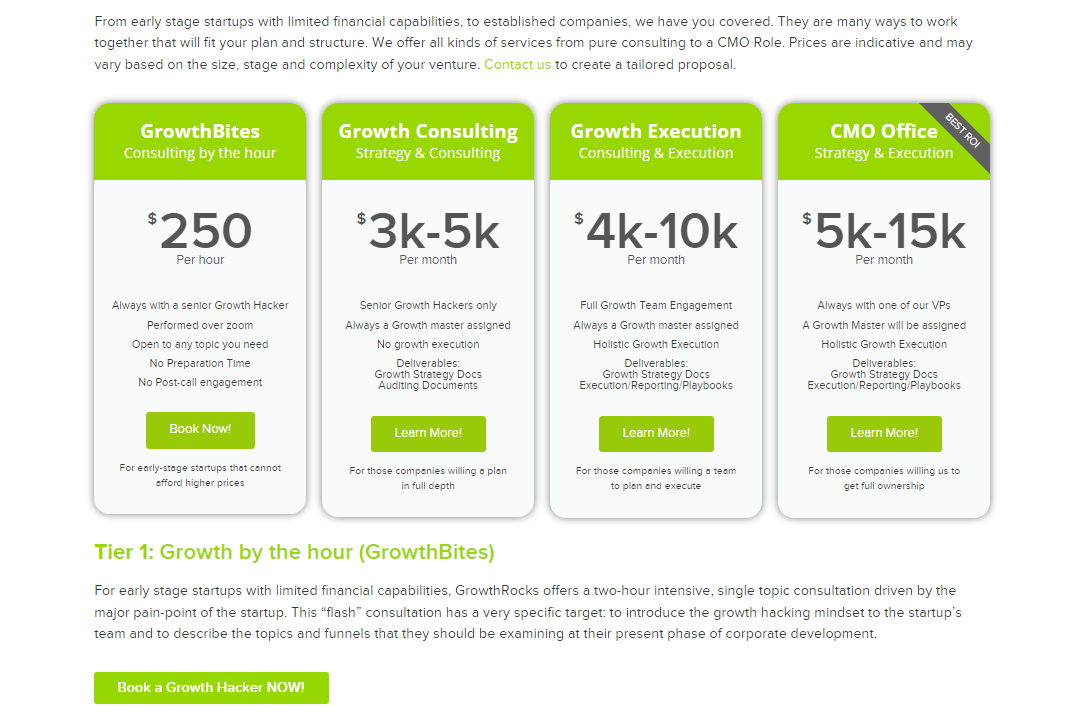
Every landing page is different, however, all successful landing pages share most of these characteristics:
- Clear and compelling headline. The headline should be concise, attention-grabbing, and clearly convey the value proposition of your offer.
- Concise and persuasive copy. Keep the text on the landing page clear, and concise, while focusing on the benefits of your offer and your USP.
- Engaging visuals. Use high-quality images, graphics, or videos that are relevant to your offer and help create an engaging experience.
- Strong Call-to-Action (CTA). Your CTA should be prominent, visually appealing, and clearly instruct the visitor on what action to take.
- User-friendly & responsive design. The layout should be clean, easy to navigate, and mobile-friendly.
- Trust signals. Incorporate trust elements such as customer testimonials, reviews, security badges, or any relevant certifications to build credibility and trust with your audience.
- Form optimization. If your landing page includes a form, keep it as short as possible while still collecting necessary information.
- Loading speed. A successful landing page is a fast-loading page.
- SEO optimization. In many cases, landing pages are built with a specific keyword in mind for some inbound organic traffic.
- Analytics & tracking. Analyze user behavior and conversion metrics to make data-driven improvements.
- A/B testing. Last but not least, test different elements of your landing page, such as headlines, visuals, CTAs, and form fields, to find out what works and what doesn’t.
4. Email marketing
Email marketing is a much-needed component of most inbound marketing strategies. It’s one of the best types of marketing not only for nurturing leads but also for building lasting relationships.
When it comes to email marketing for inbound marketing, the sky is the limit. There are a number of different ways you can use email marketing within an inbound marketing strategy, with the most common ones being:
- Lead generation. Capture email addresses through sign-up forms or use a dedicated LinkedIn email finder to nurture these leads through targeted email campaigns.
- Welcome emails and onboarding. Send welcome emails to new subscribers or customers, show them around, and help them get the most value from your products or services.
- Content distribution. Through email, usually through a newsletter, you can share your blog posts, articles, and other valuable content.
- Product announcements and updates. Email is also an excellent channel to announce new products, features, or updates.
- Surveys and feedback. Gather feedback from your audience through email surveys to improve your products, services, or overall customer experience.
- Exclusive offers & promotions. Send exclusive discounts, promotions, or early access offers to your email subscribers. This can incentivize purchases and reward customer loyalty.
- Customer retention and re-engagement. Implement email campaigns to retain existing customers by providing value, offering loyalty rewards, or soliciting feedback. Re-engage inactive subscribers with targeted content to bring them back into the fold.
- Abandoned cart emails. Cart abandonment is the disease and email marketing is the cure, through a reminder and encouragement to complete the purchase in the form of an email.
5. Chatbots & Live chat
Like email marketing, chatbots and livechat are parts of the inbound marketing machine that help as much with acquisition as with retention.
Chatbots
The biggest benefit of chatbots is that they are, well, bots. Chatbots can offer round-the-clock support, even outside your regular business hours. This constant availability significantly contributes to the customer support and user experience you can offer.

Although chatbots won’t successfully help with very specific problems, their true power is answering frequently asked questions and guiding visitors through common queries. The specific facts vary by industry, however, there are some common types of questions that are more or less universal:
- Product or service information. e.g.”What products/services do you offer?”
- Pricing and discounts. e.g.”What is the price of [product/service]?”
- Order and shipping information. e.g. “How can I track my order?”
- Account and login assistance. e.g. “I forgot my password, how can I reset it?”
- Technical support. e.g.”How do I troubleshoot [common issue]?”
- Booking and reservations. e.g. “Are there any available slots for [specific date]?”
Live chat
While chatbots handle routine queries, live chat brings in the human touch. Live chat brings real-time communication between customers and support, with its own benefits and drawbacks.
On the one hand, live chat is great for addressing complex issues while offering a personalized and empathetic interaction. On the other hand, it’s way more expensive than a chatbot, which is why not all kinds of businesses can afford it but probably every high-ticket one should.
As in chatbots, you can Integrate live chat with your CRM platform for data transfer (both ways) and creating a unified customer.
6. Referral programs
The final piece of any solid inbound marketing strategy. Referral programs leverage your existing happy customers to bring in new leads and customers. Offering rewards or discounts to both the referrer and the referred can create a win-win situation. And here’s the kicker: acquiring new customers through referral programs is often more cost effective than traditional advertising or outbound marketing.
A referral program, as part of an inbound marketing strategy, has two phases: creating a referral program and finding ways to promote it.
a. Creating the referral program
Creating a referral program means, first and foremost, setting clear objectives, according to what you want to achieve. For instance, an eCommerce business can aim to boost sales for a particular product line. In this scenario, the objective could be to increase customer referrals specifically for that product category. In the case of a SaaS company, the objective could be to acquire a certain number of new users through customer referrals.
Next, you will have to invest in referral marketing software. Thanks to this software you can automate the referral program process and keep track of it. As the program takes shape, you will start creating tracking mechanisms to better monitor performance, track the number of referrals, and evaluate conversion rates.
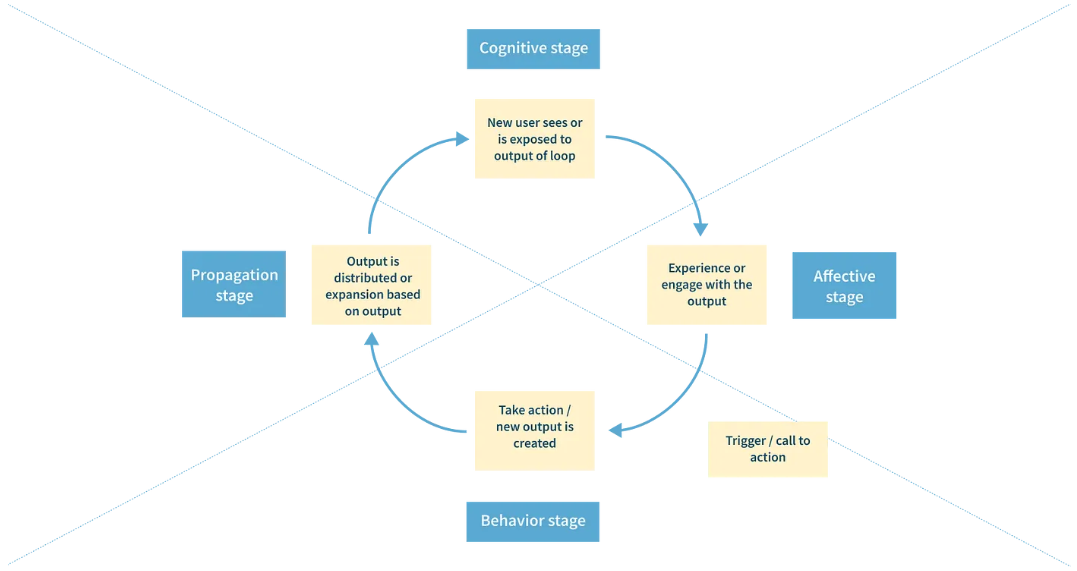
After establishing your referral program, it’s time to start promoting it.
b. Promoting the referral program
With your referral program in place, it’s time to integrate it with your inbound content strategy and promote it.
Email marketing will prove, once more, to be an excellent channel for this purpose. The email format is suitable for informing existing customers about the program and also providing easy-to-follow referral instructions.
Your social media channels can also come in handy sharing posts, testimonials, and exclusive promotions related to the program.
Furthermore, you can design dedicated landing pages on your website about the referral program.
Lastly, you can explore partnerships with influencers or affiliates to provide an additional layer of credibility and increase your referral program’s reach even further. To measure individual campaign performance more effectively, consider using a QR code generator to create unique, trackable codes for each partner.
That said, as with any kind of marketing mechanism, you need to keep on optimizing your program according to your metrics and your findings.
Conclusion
Looking to build your own inbound marketing machine for your website?
Maybe you’ve already built it but doesn’t work as should—and you need to find out why. Maybe you need to build one and you are looking for some direction. Or maybe you want someone to build it from scratch for you.
In any case, we offer a wide range of inbound marketing services.
So if you need any help, we’d love to hear from you!
Was this article useful?

I write for GrowthRocks, one of the top growth hacking agencies. For some mysterious reason, I write on the internet yet I’m not a vegan, I don’t do yoga and I don’t drink smoothies.
